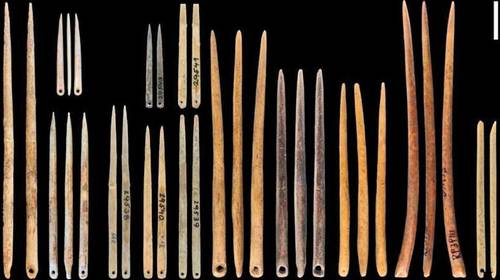The discovery of the oldest galaxy, JADES-GS-z14-0, has pushed back the hands of the cosmic clock that measures the birth of the first galaxies. This galaxy was found at a distance of over 13.4 billion light years from us, making it the farthest known galaxy so far. This discovery challenges previous models and shows that fully developed star systems existed when the Universe was only 300 million years old.
The study, led by researcher Stefano Carniani and involving an international team, utilized data from the James Webb Space Telescope to make these groundbreaking observations. The Milky Way is much larger in size compared to JADES-GS-z14-0 but it is forming new stars at a rate 20 times faster than ours. The light emitted by this galaxy comes from new stars forming every year, rather than from a massive black hole as previously hypothesized. These findings suggest that the primordial Universe was already well developed with star formations similar to more recent ones.
Moving forward, researchers plan to continue studying the Universe in its early phases, closer to the Big Bang. They also plan to develop new theories to explain



